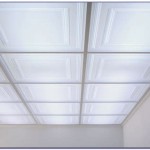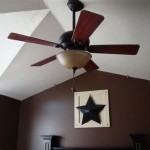Fire rated ceiling tiles are an important component of the overall fire safety of any commercial or residential building. Fire rated ceiling tiles are designed to provide protection against the spread of fires and help protect the occupants of the building in the event of a fire. In this article, we’ll look at the benefits of using fire rated ceiling tiles, including the types of materials used and the advantages of using fire rated ceiling tiles in your building.
Types of Fire Rated Ceiling Tiles
Fire rated ceiling tiles come in a variety of materials, each of which is designed to provide different levels of fire resistance. Common materials include gypsum board, mineral wool, calcium silicate board, and steel. Each of these materials is designed to provide different levels of protection, so it’s important to select the right material for your building.
Advantages of Fire Rated Ceiling Tiles
The primary advantage of fire rated ceiling tiles is that they can help slow the spread of fires, which can save lives and property in the event of a fire. Fire rated ceiling tiles also provide improved acoustic insulation, meaning they can help reduce the noise level in a building. They also provide a higher level of thermal insulation, which can help improve the overall energy efficiency of a building. Additionally, fire rated ceiling tiles can help reduce the risk of water damage due to their water-resistant properties.
Conclusion
Fire rated ceiling tiles are an important component of any commercial or residential building’s fire safety measures. They provide protection against the spread of fires and help protect the occupants of the building in the event of a fire. Fire rated ceiling tiles also provide improved acoustic insulation and thermal insulation, as well as water resistance. For these reasons, fire rated ceiling tiles should be strongly considered for any building.













Related Posts








